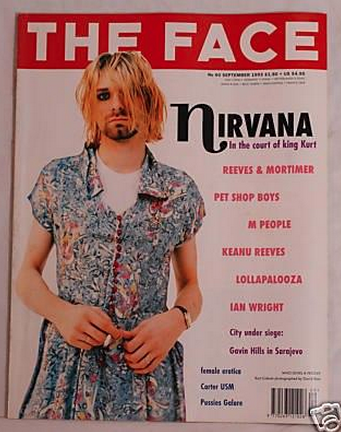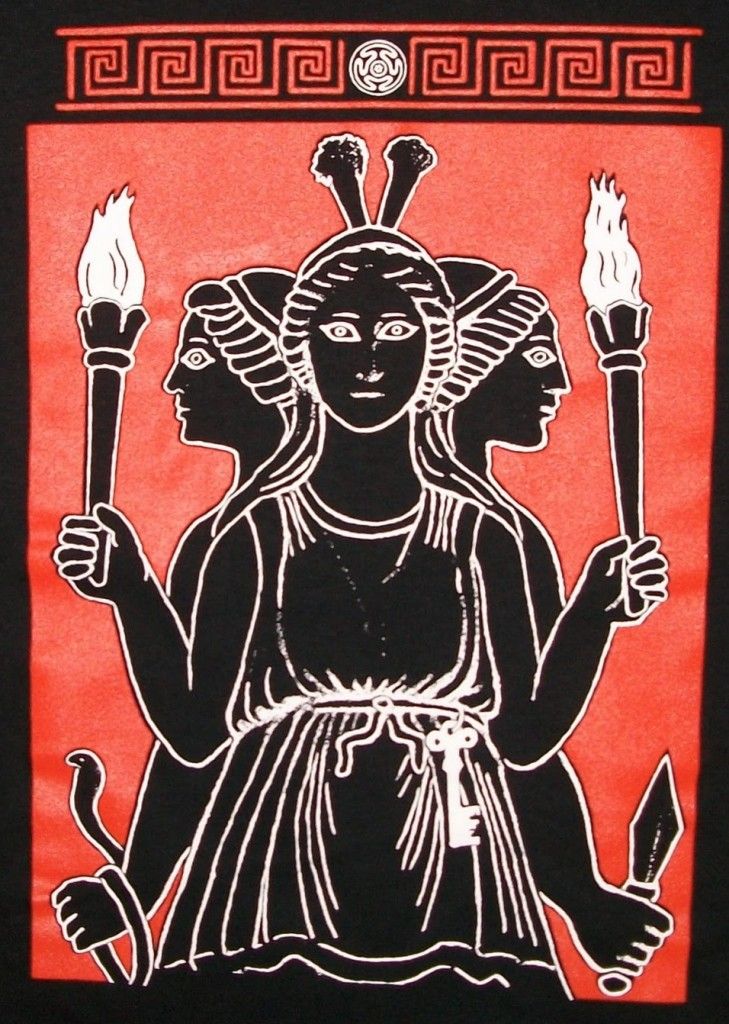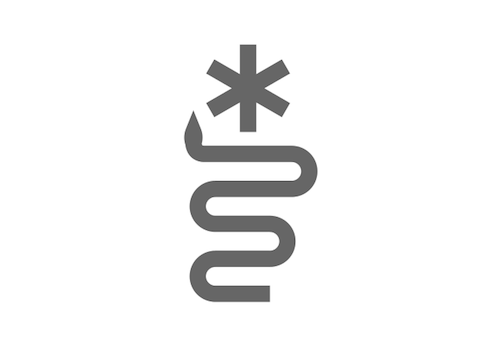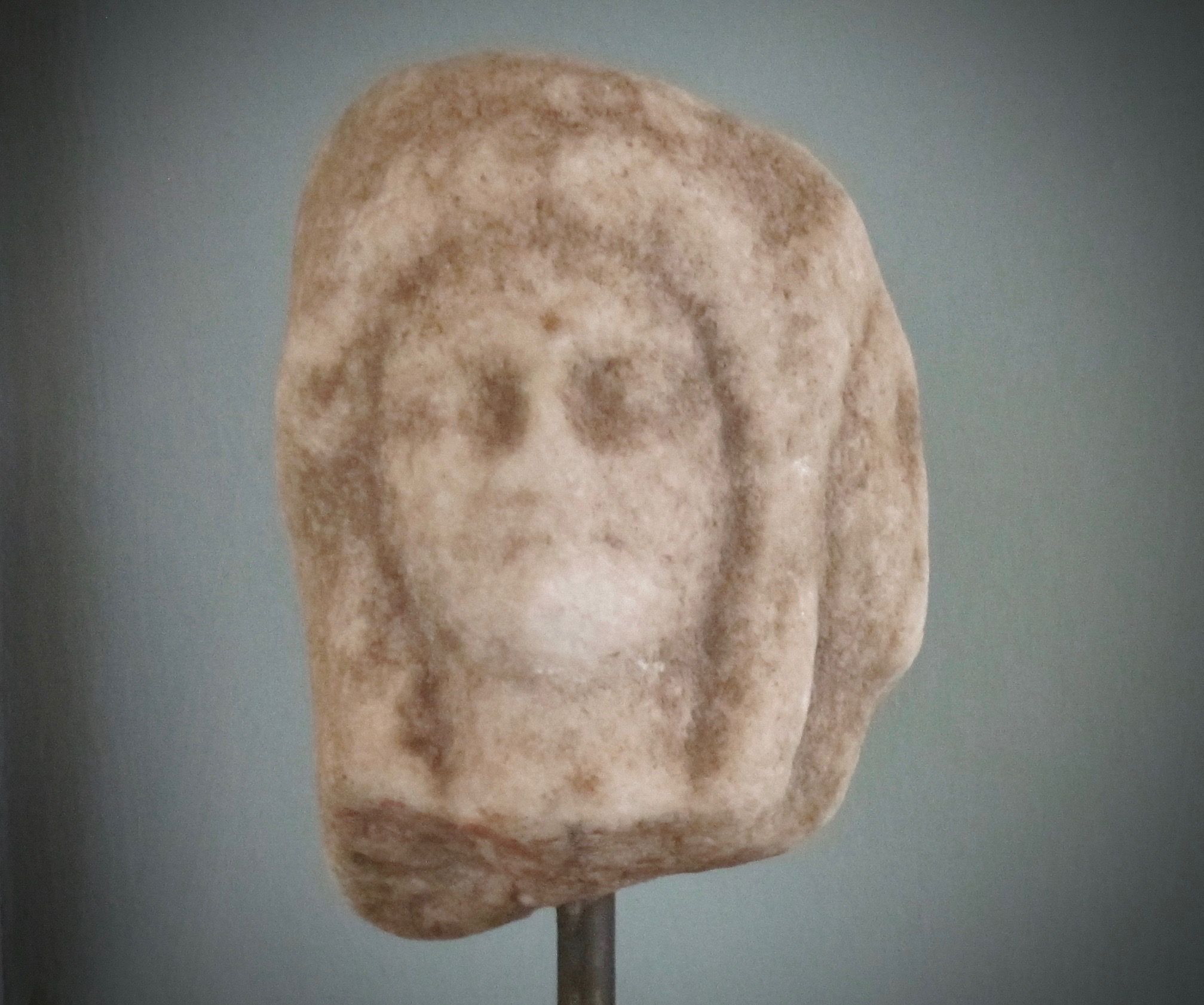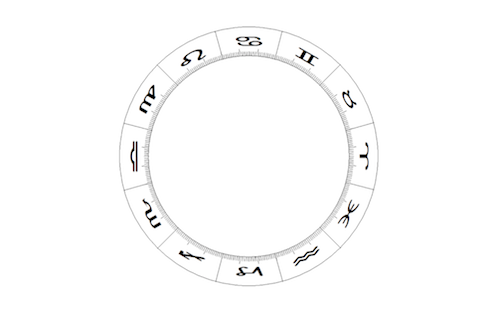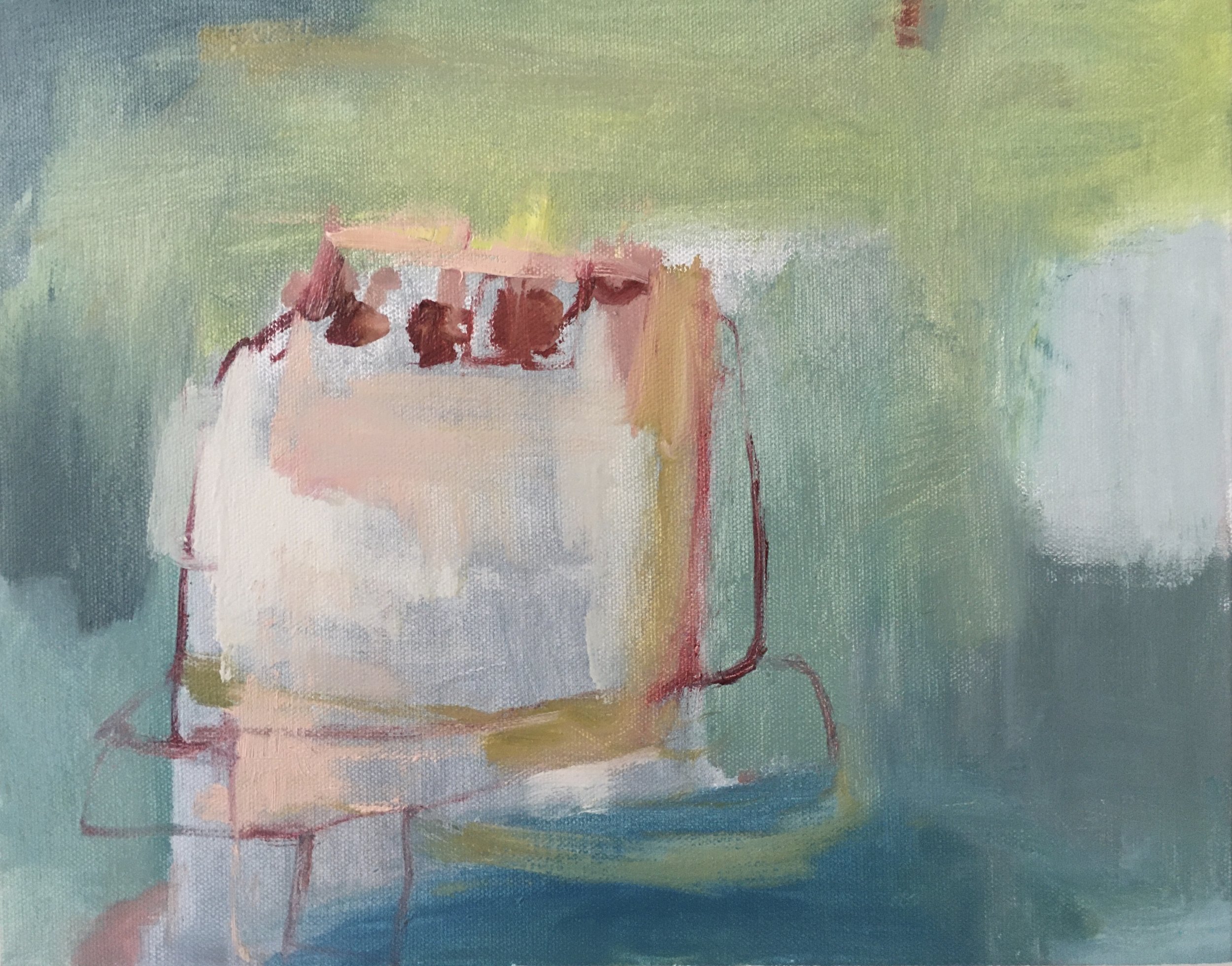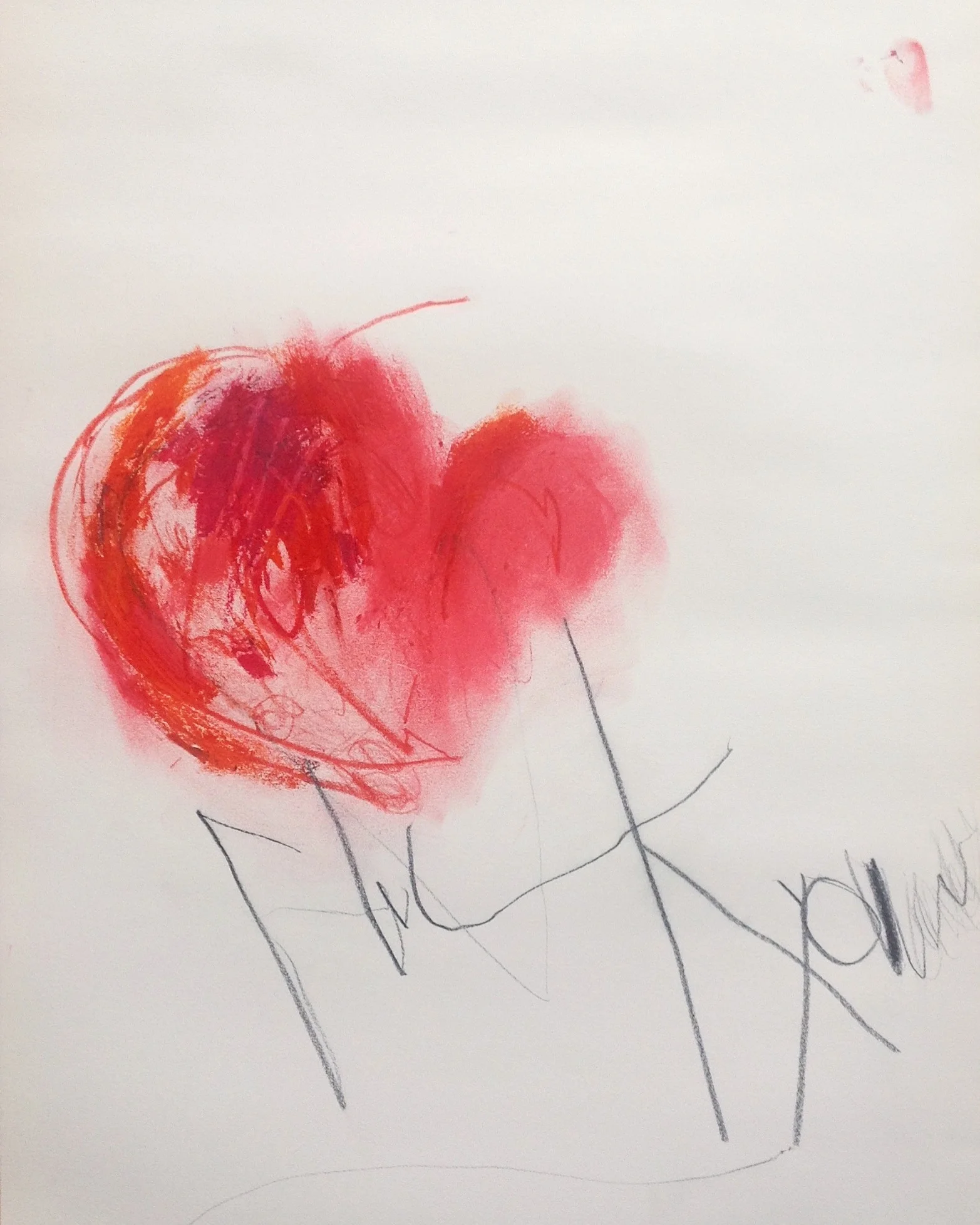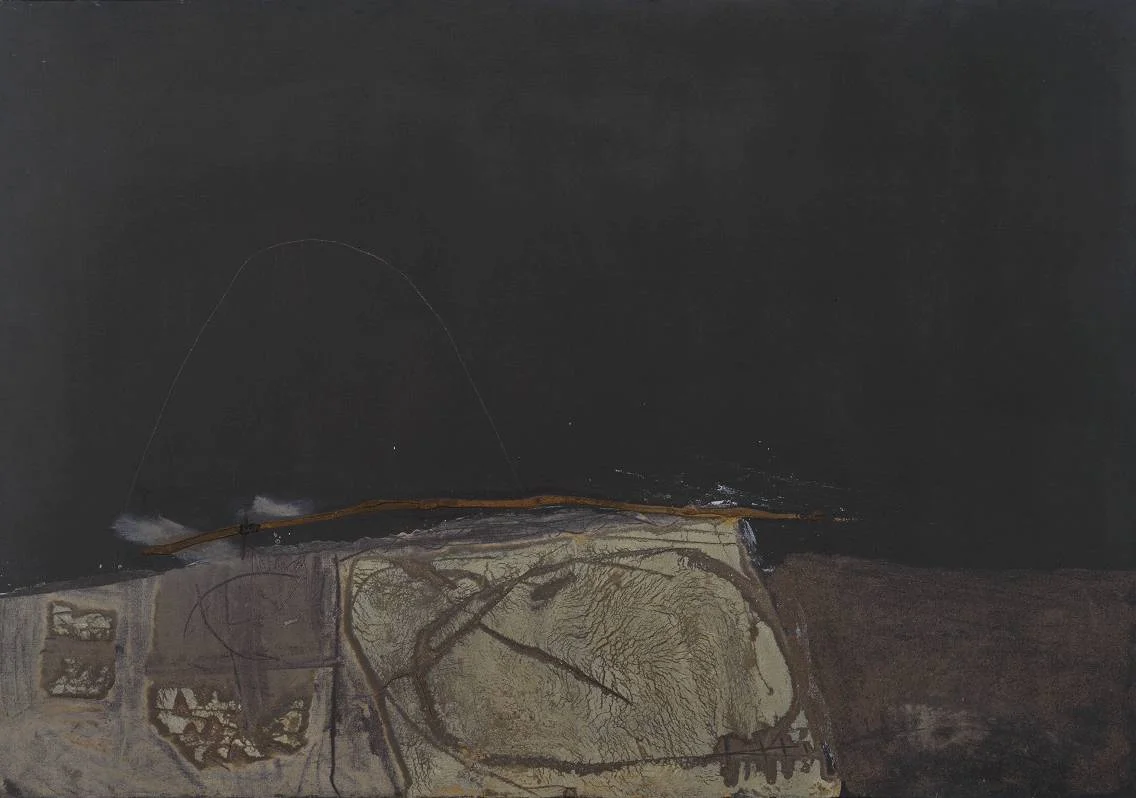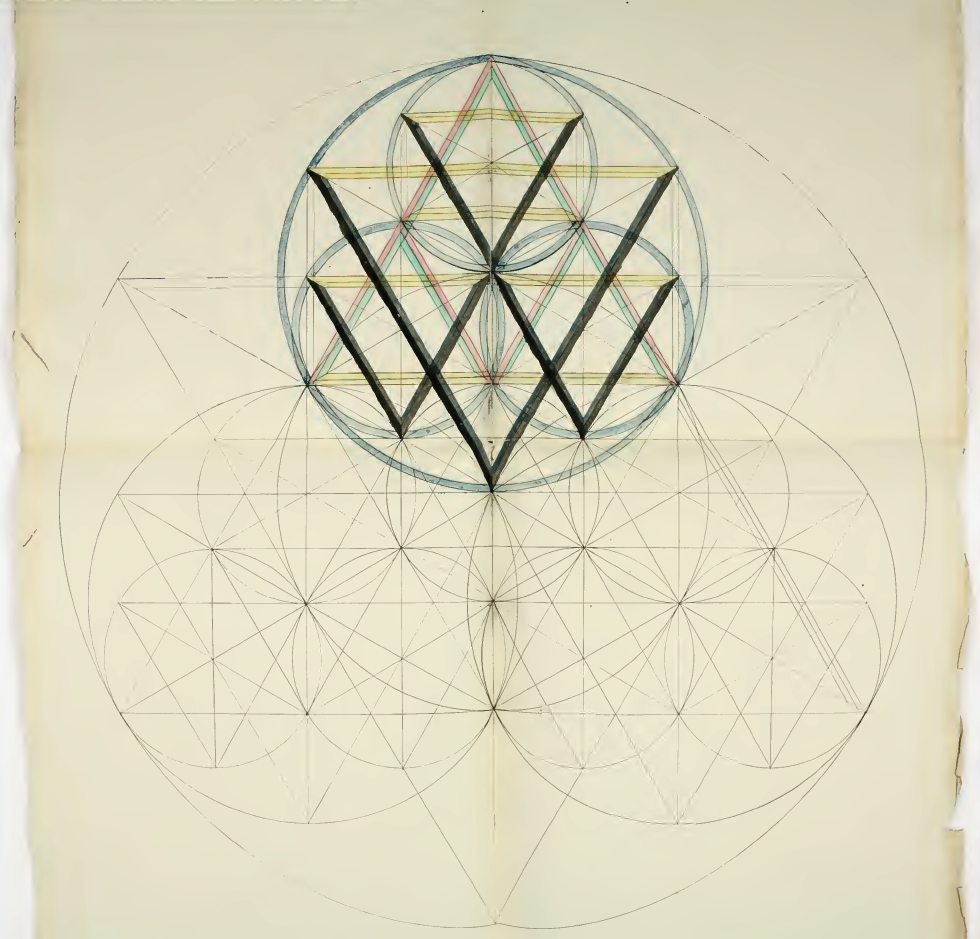K U R T
/Today it has been nineteen years since Kurt Cobain's death. To commemorate him, his life's work, his bittersweet poetic and musical contribution to the world (which I personally think was of tremendous importance), I will delineate a few elements of his natal chart that I believe speak a great deal to his style and character and maybe also to his destiny.
As you probably already know, much about astrology is finding recurring or reiterating themes (i.e. confluence). Usually one does not make a judgement or assessment about a chart based on a single factor alone. This is especially true when examining a natal chart (a person's birth chart). When an astrologer sees repeating or similar factors emerging from different aspects of the chart, they can be near to certain that the expression of those themes will be present and active in the native's life. With Kurt Cobain we see this.
First, some basics. You can see in his chart the Sun is under the horizon in the sign of Pisces, Venus' exaltation. He was born after sunset. The rising sign is Virgo, and in the hour and minutes of Cobain's birth the long-standing conjunction of Uranus and Pluto were rising right on the horizon at his Ascendant. His character was greatly defined by these two radical outer planets.
Mercury is the lord of, and is exalted at, the Ascendant and is another major definer of character. It is in Pisces, which is the sign of its fall, and it sees the Ascendant from the seventh place. A planet in its fall frequently must do things outside the box -- in some way outside what society deems is acceptable or normal or appropriate. This somewhat androgynous Mercury, guiding souls to and from the underworld, is a powerfully descriptive planet for him. In earlier times, when we would not have had Uranus and Pluto to help us see immediately the revolutionary or rebellious qualities inherent in his chart, we would associate much of these things to Mercury in Pisces (along with the position and aspect of Saturn, more on that in a minute).
Cobain's powerful Moon in Cancer (the Moon rules Cancer) is positioned in the eleventh sign from the Ascendant, the place of friends, gain, and Good Spirit. The Moon is the sect light (the 'luminary of the sect in favor' - due to it being a night chart) and is of supreme importance. It is configured with Jupiter which is also in Cancer (Jupiter is in its exaltation). Jupiter is a great benefic and can bring great success, and Jupiter is positioned here in its own house of Joy strengthening the association. There can however be a tendency toward indulgence and extravagance with Jupiter and that possibility is increased here due to its being a night chart. Because Jupiter is a planet belonging to the day sect, and is therefore out of sect in this chart, its potential for boundlessness, knowing no limits, is increased. This can be good and bad, and in Cobain's case I believe we see both. The good and bad is reiterated again by aspects the Moon and Jupiter receive: superior trines from both Venus, the benefic that is of the sect in favor (for a night birth), also in its sign of exaltation, and Saturn, the most difficult malefic being out of sect at night. Venus Saturn being dark art, torment and love. (As an aside, you see the Moon configured with Jupiter in Whitney Houston's chart too, though in the second sign from the Ascendant; Saturn also is in a superior aspect. She too was a night birth. I'm not implying that you will always see problems associated like the ones shared by these two artists, but wanted to mention this similarity in expression.)
Returning to Pisces, the seventh sign from the Ascendant -- classically a place of marriage, enemies, the later part of life, and death -- we see the Sun configured with Mercury, Venus, and Saturn. Saturn being contrary to sect is a very important player here, it colors Cobain's character in a very strong and distinct way -- a way of decay, darkness, and heaviness, like lead. (Another aside, these are a lot of planets dispositing to a very dignified (by sign and place) benefic, Jupiter. We see something similar in Jimi Hendrix's chart: the Sun, Mercury, and Venus all in Sagittarius disposing to Jupiter also exalted in Cancer and configured with the Moon.)
*See charts for both Houston and Hendrix at bottom of article.
Next we note Cobain's Mars, the "better" of the hard-working malefics, is dignified in its own sign Scorpio, which favors meaningful conflict and struggle and a preference for experiences that are passionate and devotional. This is the third sign from the Ascendant, one might say a place of oracles, and as it's Mars (in Scorpio) its expression is intense. Configured here with Mars is the south node of the Moon (a.k.a. Ketu, a mystical, otherworldly figure) and Neptune. This leads us to an importantly precise grand trine between Neptune, Jupiter, Venus and Saturn. Flowing, and again, knowing no bounds, for better and worse . . . inspiration, devotion, manifestation of melancholic beauty, fantasy, slipping into escape, overwhelm . . . a dream that's gotten out of control.
The Lot of Fortune (an alternate Ascendant) is in Taurus and its ruler Venus is located in the eleventh sign from fortune, a place of acquisition. Again: the place of friends, gains, and Good Spirit, a place associated with Jupiter; a theme is reiterated.
Much of what we associate with Neptune was originally expressed through Jupiter and Saturn. Something to think about....
MUSIC +
POETRY
Cobain was born just a couple of days before both Mercury and Neptune stationed retrograde. Because stations occur over time, meaning the planet from our perspective doesn't just stop on the day of its station, but slows down and stalls out, literally standing still for days at a time, any planetary station which occurs within a week of one's birthday (on either side of the date) is of huge importance.
Indian astrologers hold the opinion that retrograde planets are actually at their strongest -- this usually differs from traditional or modern Western thought.
Mercury, along with Venus, is very much associated with music and musicians.
Neptune, the imagination.
SYMMETRY
Being the huge nerd that I am, I also love to examine declination +and+ antiscia.
With Cobain we see parallel conjunctions of Mercury, Venus, and Saturn. We already know that the planets are conjunct by zodiacal degree (longitude), but by declination (sharing the same latitude) they are even more closely aligned. This further strengthens their conjunction and because they all rest near the celestial equator (by 2.5 degrees of Southern declination), they are very much tied to the earthly plane.
Note too that the Moon is way Out Of Bounds. Another signature for a bit of a radical character and unrestrained energy; and ruling the eleventh, extremes apply to fortune and friends, and, as astrologer Austin Coppock points out, fans.
ANTISCIA?
Planets and angles connected by antiscia (symmetry around the zero degree cardinal points) have been recognized as important and potent for at least two thousand years.
A more modern perspective sees connections across the axis as illuminating 1) that a person will connect to the world, and 2) how that person will connect with the world (whether it be intentional or not).
With Cobain we see a strong connection between the powerful and dignified luminary of sect the Moon and his Midheaven. The Moon is emotion, it rules the public, also women and the feminine. And this ties the lord of the eleventh (again), the place of Good Spirit, fortune, and friends, to the MC (Midheaven) - the point of profession, one's mission or path, and culmination in the life, and for Uranian astrologers: the soul. In fact, in Reinhold Ebertin's classic book, The Combination of Stellar Influences, the principle delineation given for Moon|MC is =
"One's own soul."
To me, Kurt Cobain expressed, exposed, and shared with us his soul. He certainly touched other souls. Like the Moon, his work and nature was not, or seemed not to be, rational. And his music, his lyrics, prose and poems, uncomfortable at times (Saturn), sometimes desperately sad, touched and spoke to others on what I can only think of as an emotional (Moon) soul level.
Leave a comment if you like.
androgynous mercurial chart ruler

